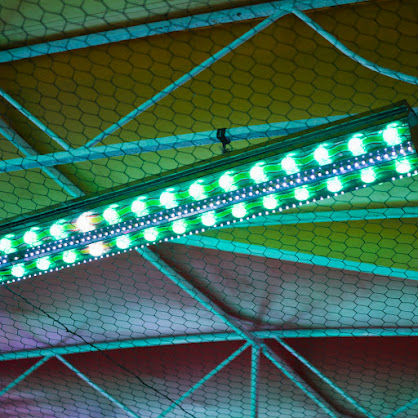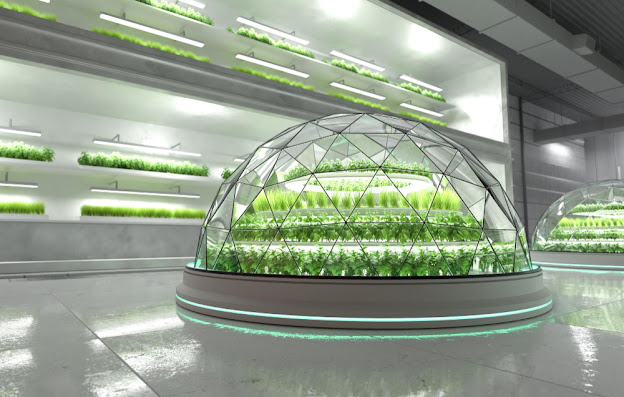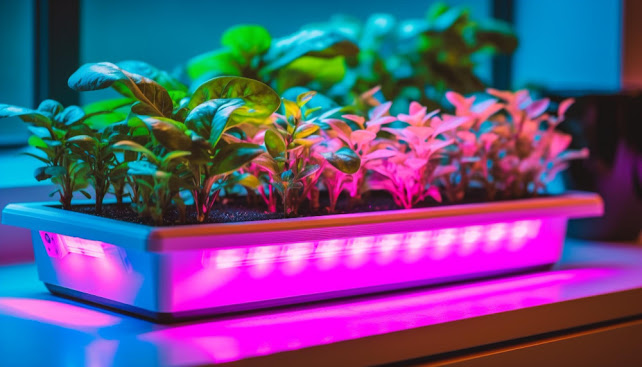LED Grow Lights for Edible Flowers: Enhancing Color and Flavor

Edible flowers have gained popularity in culinary pursuits, adding a vibrant touch and unique flavors to various dishes. Growing these delightful blossoms indoors allows you to enjoy a year-round supply of fresh and flavorful blooms. To ensure optimal growth and maximize the visual appeal and taste of your edible flowers, using LED grow lights is a game-changer. In this blog post, we will explore how LED grow lights can enhance the color and flavor of your indoor-grown edible flowers. Understanding the Importance of Light for Edible Flowers Edible flower development and growth are greatly influenced by light. Their flavor characteristics as well as their appearance are influenced by adequate and suitable lighting. In order to promote vigorous development, boost photosynthesis, and increase the generation of the pigments that give edible flowers their vivid colors, a balanced spectrum of light is necessary. For many kinds of edible flowers, LED grow lights offer a flexible lightin...
.jpg)



